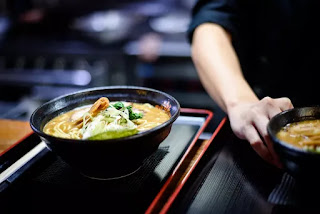Cucumber Shrimp Salad
Ingredients 2 pounds shrimp peeled and deveined 1 English cucumber small diced 3 green onions thinly sliced Creamy Lime Dressing ⅓ cup mayonnaise ⅓ cup sour cream 1 large lime zested and juiced (about 2 teaspoons zest and 2 tablespoons juice) 2 tablespoons chopped fresh dill 1 tablespoon Dijon mustard 1 garlic clove minced ¼ teaspoon kosher salt Instructions Make the dressing. To make the dressing, stir together the mayonnaise, sour cream, lime zest and juice, dill, mustard, garlic, salt, and pepper. Set aside or place in the fridge. Cook the Shrimp. Bring a pot of water to a boil. Add the shrimp and cook for 2 to 3 minutes, until cooked through and pink. Make an Ice Water Bath. While the shrimp are cooking, prepare an ice water bath. Remove the shrimp to the ice water bath using a skimmer. Let them cool for 3 minutes, then drain them in a colander. Chop them into bite-sized pieces. Stir it all together. In a mixing bowl, stir together the chopped shrimp, green onion, diced cucumber, a...







